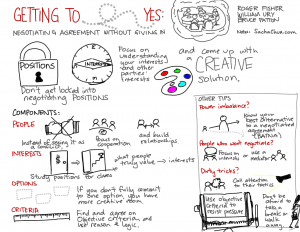Achieve Grandiose Goals
“If you take a step-by-step perspective, then you will not get discouraged in accomplishing something grandiose.” Matt Gamache-Asselin, Co-founder and CEO of ScriptDash, a modern pharmacy.
Speaking to my Leadership Communication class at San Francisco State University, Matt shared advice about leading his start up ScriptDash.
He said when they started the company they had this grand vision of creating a new modern pharmacy, but the task seemed daunting and he remembers being overwhelmed at the thought of reaching that goal. He said that changed over time after he started just taking one step at a time. The first step was just to put up a website and have it such that somebody could order the prescription online. That was a step he and his co-founders could handle. The next up was when someone placed an order, actually getting that prescription to them. That too was a step they could handle. Matt discovered that after handling many of these steps one after another and solely focusing on what was directly in front of them, that the series of relatively simple steps added up to accomplishing the big goal.
In leadership communication academic terms, we call this fractionation. Fractionation is breaking up a big problem into smaller problems that can be handled. Fractionation helps because when the problem is in smaller, less complex pieces, people often feel more comfortable confronting specific and defined issues. Often times when broken down, each piece carries less emotional weight.
While Matt doesn’t know this term since his education is in engineering, not communication, he explained this technique for a big project like starting a company. But it can also be used for any size problem. For example if a team is having issues with completing a task, that problem can be broken down into smaller elements in order to be solved. In the case of a team that is failing to complete their stated goal, the problem could be broken down into items such as compatibility of communication styles, available resources, cohesiveness of schedules, and capabilities of team members. Each of these items could be addressed separately as a relatively simple solution, and then after several steps the entire problem will be solved.
The point is that we should not let the initial perceived complexity of a goal hinder our enthusiasm. Because, as Matt says, “Many things in life are difficult, but very little is not possible.”

